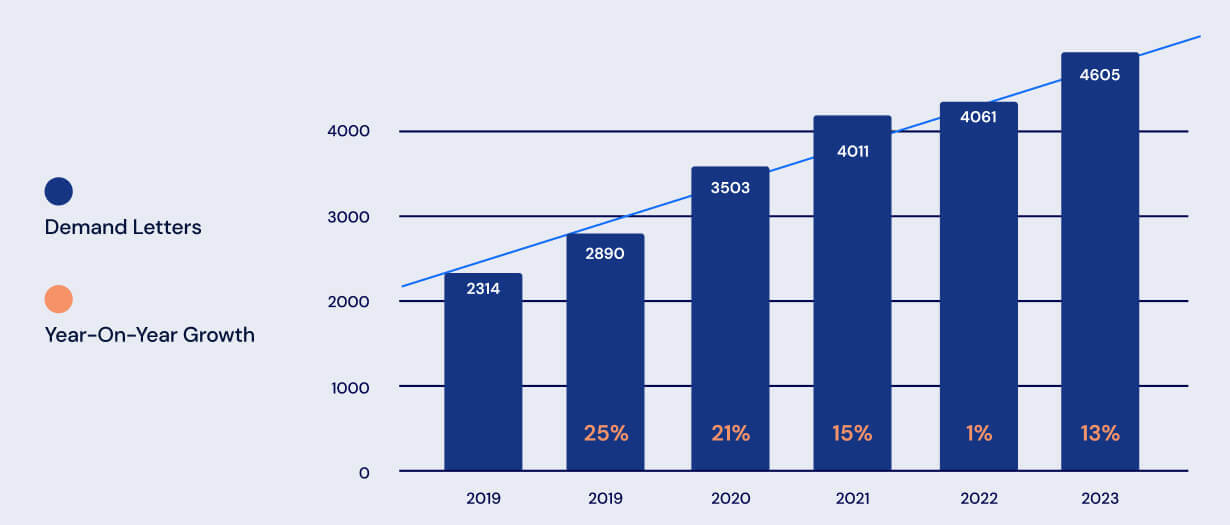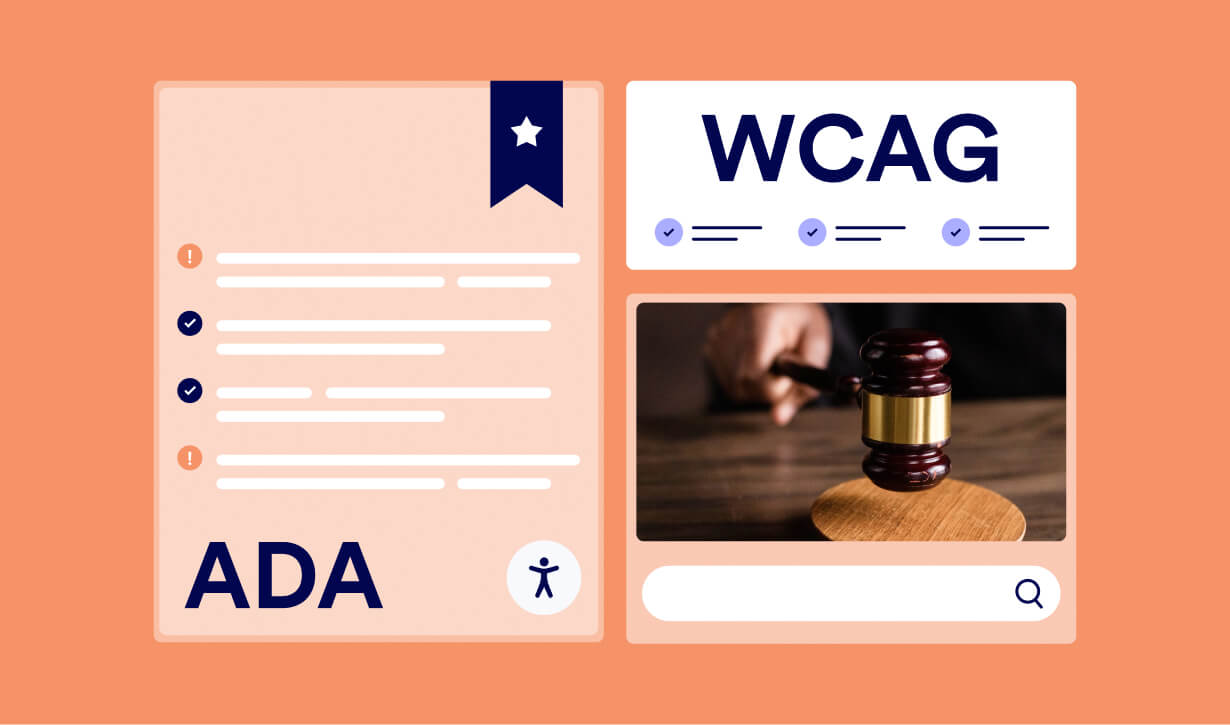ADA Compliance and Information
Making your website accessible isn’t just the right thing to do – it also boosts traffic and can even qualify you for tax credits. Plus, it’s a legal requirement under the Americans with Disabilities Act (ADA). With lawsuits on the rise, it’s essential for you and your clients to understand ADA regulations and how they affect web accessibility. Time is of the essence, so let’s stay ahead of the game and avoid legal trouble.
In this article, we are diving deep into web accessibility regulations and standards, including the Americans with Disabilities Act (ADA) and the Web Content Accessibility Guidelines (WCAG). We’ll also cover important laws and trends in lawsuits.
Overview of ADA and WCAG – What They Encompass
ADA
Enacted in 1990, the Americans with Disabilities Act (ADA) furnishes comprehensive civil rights protections to individuals with disabilities across various domains such as employment, state and local government services, public accommodations, transportation, and telecommunications. The ADA, crucial for disability rights, now covers web accessibility as online interactions became vital for businesses.
Since 2018, ADA principles have extended to web accessibility as the internet became more important. It’s now widely agreed that websites, internet portals, and online stores must meet accessibility standards for people with disabilities.
In 2022, the Department of Justice (DOJ) reaffirmed its position from 2018, stating that websites are considered places of public accommodation and must comply with the ADA’s requirements for non-discrimination and effective communication. For more details on the ADA, you can find additional information here.
WCAG
The Web Content Accessibility Guidelines (WCAG) acts like a detailed guidebook, explaining how websites should be designed and work so that people with disabilities can use them. Although not directly mentioned in the ADA, WCAG has become the go-to standard for meeting ADA rules.
Following WCAG guidelines makes sure your website meets the rules. To learn more about WCAG, check out further details here.
Other Legislation Pertaining to Web Accessibility
Aside from the ADA, there are different accessibility laws in various countries that might apply to specific clients based on where they do business.
Key legislations include:
- Section 508: This section, part of the Rehabilitation Act of 1973, establishes guidelines for government entities and organizations receiving federal funding. According to Section 508, any federal agency or government-funded organization is obligated to develop and maintain information and communications technology (ICT) that is accessible to individuals with disabilities. Businesses engaged with government entities must adhere to Section 508. Learn more here.
- Accessibility for Ontarians with Disabilities Act (AODA): Enacted in 2005, AODA is an Ontario law that mandates accessibility standards for organizations to enhance accessibility for individuals with disabilities. Private or non-profit businesses with a workforce of at least 20 employees in Ontario are required to submit an accessibility compliance report every three years. Learn more here.
- UNRUH – The Unruh Civil Rights Act: This California Civil Code Section 51 prohibits discrimination by all business establishments in California, covering areas such as housing and public accommodations. The act safeguards against discrimination based on age, ancestry, color, disability, national origin, race, religion, sex, and sexual orientation. Learn more here.
- New York City Human Rights Law (NYHRA): New York has enacted both state-level and city-level anti-discrimination legislation, mirroring the ADA. NYHRA protects individuals with disabilities from discrimination across various domains, including the workplace, residences, and public spaces.
Lawsuit Trends – ADA-Related Lawsuits: Numbers and Patterns
In recent years, there’s been a significant increase in demand letters and lawsuits concerning web accessibility. It’s estimated that hundreds of thousands of businesses have received these letters, with 3% of cases going to trial. In 2023 alone, there were 4,605 ADA web accessibility lawsuits filed, marking a notable increase.
With legal actions on the rise, it’s crucial to understand the trend and its potential impact on your business. Ensuring your websites are accessible and meet ADA standards is essential.
Here is some important info, including a trend graph showing the recent rise in demand letters about web accessibility.
Key Data and Figures:
- 2023 marked a record-breaking year for ADA lawsuits and demand letters.
- In 2023, 4,605 lawsuits were filed, constituting only 3% of demand letters, indicating that 97% are resolved before reaching trial, suggesting a considerably higher number of demand letters.
- Approximately over 100,000 business owners received demand letters in 2023 for having inaccessible websites.
- Since 2019, there has been an average annual increase of 13% in lawsuits related to web accessibility.
- ADA violations can result in fines of up to $150,000, and the average settlement for ADA website lawsuits typically ranges from $20,000 to $50,000.
The graph below illustrates the trend in demand letters related to web accessibility, accompanied by the year-on-year growth percentage:

To Sum It Up
The increasing legal focus on ADA compliance underscores the importance of working with professionals who understand these regulations and integrate accessibility into website design and development practices. By prioritizing accessibility, businesses can mitigate legal risks, enhance user experience, and demonstrate their commitment to inclusivity and equal access for all.
More Resources to learn about Accessibility
- ADA & Lawsuit Trends Overview – This one-pager contains a general overview of the ADA, WCAG, lawsuit trends, and other related laws.
- ADA Overview Video
- ADA Title III Article
- WCAG Overview Video
- WCAG 21 Article
- DOJ Clarifies That the ADA covers Web Accessibility
- Compliance & Legislation Article






